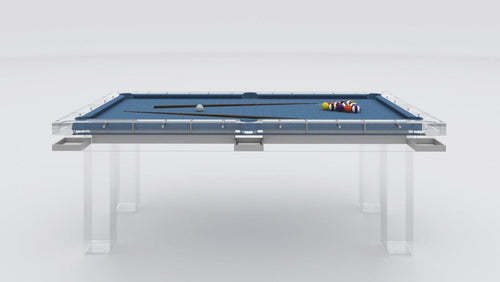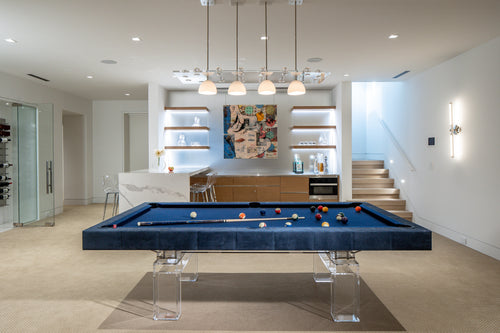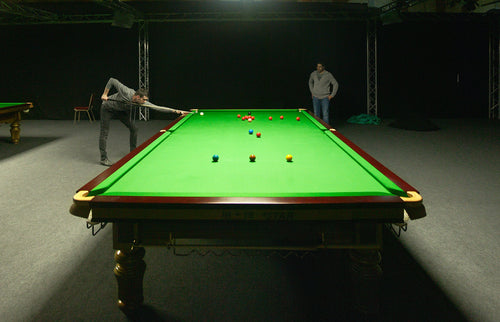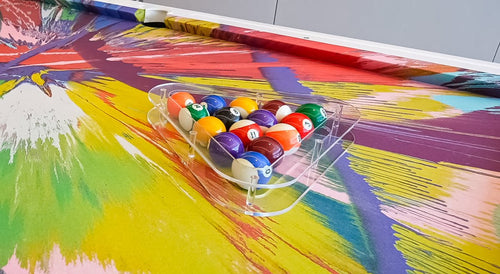Enjoy our modern designs
Estimated Read Time: 3 mins |
Introduction
Rotation stands as a pillar of competitive pool, demanding meticulous cue-ball control, strategic foresight, and precise position play. By requiring each shot to begin with the lowest-numbered ball on the table and assigning each ball a point value equal to its number, Rotation transforms every inning into a complex puzzle of angles and scoring.
Setup & Racking
A standard triangle rack holds all fifteen object balls. The one-ball anchors the foot spot, with the two-ball on the right rear corner and the three-ball on the left rear corner. The cue ball starts in hand behind the head string to begin the break.
Core Rules & Flow
Every legal shot must first strike the lowest-numbered ball remaining. Any balls pocketed on that shot count immediately toward your running total, each worth its face value. When balls are sunk illegally or jump off the table, they simply get spotted back—no extra penalty beyond the lost opportunity.
Fouls carry a three-point deduction, and multiple fouls can swing momentum dramatically. Scratches or jumps hand the incoming player cue-ball in hand behind the head string, ready to attack the next lowest ball. Turn order matters: the winner of each rack breaks the next.
Scoring & Victory
Since each ball’s value matches its number, high-value balls like the fifteen-ball are prized. The goal is to accumulate sixty-one points first—more than half the total possible—forcing you to balance running small clusters to set up bigger shots later. Success rewards both early-game safeties on low numbers and late-game breakthroughs on the highest balls.
Strategic Depth
Rotation is unmatched in positional rigor. You must think not just about sinking a ball but about where the cue ball finishes, so the very next lowest ball sits for your next shot. Frozen balls, push-shot fouls, and playing out of turn become critical hazards. Mastering Rotation means mastering the geometry of the table itself.
Rotation’s Offshoots
Rotation’s template has inspired several popular variants. Ten Ball trims the rack to ten balls but keeps the lowest-first rule, intensifying the break. Oddball adapts Rotation to teams, blending sequential contact with a unique scoring twist. One-and-Nine Ball pairs players dynamically based on who pockets the first and ninth balls, adding social strategy to the mix.
Why Rotation Endures
As a core tournament game, Rotation rewards nothing less than creative pattern play and unwavering precision. It pushes players to plan sequences of shots, anticipate cue-ball trajectory across the table, and manage risk with every stroke. For anyone serious about pool, Rotation remains the ultimate test of skill and imagination.


















